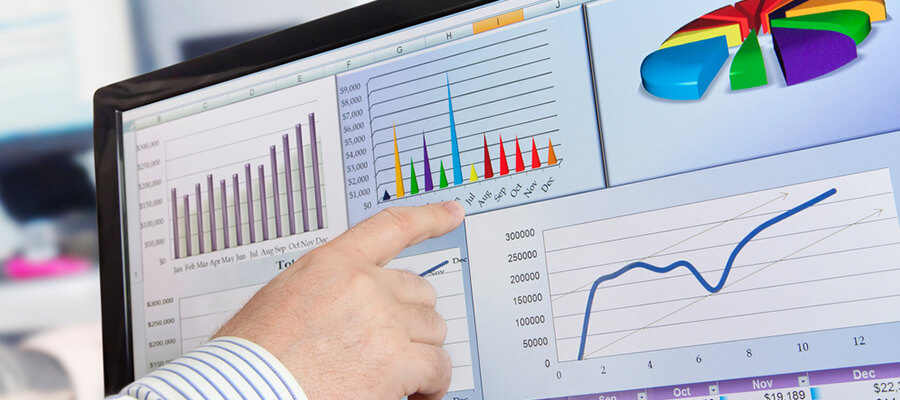Array
Every successful hotel charges different room rates all through the year. But, even when hotels have different pricing models depending on market demands and seasons,
hotel revenue management can be further optimized with dynamic pricing strategies.
What is Dynamic Pricing in Hotel Industry?
In the hotel industry, dynamic pricing refers to the continual, real-time tweaking of room prices based on algorithms. These algorithms take into account the
fluctuations in data of consumer demands, competitor pricing, seasonality, current occupancy, and other external factors to increase hotel revenue.
While dynamic pricing strategies have been a common practice in the travel and tourism business, it is now gaining momentum in the hotel industry for automating revenue management. When hoteliers switch to hotel revenue management software, dynamic pricing keeps a regular check on the market demand and supply of rooms and accordingly changes the pricing strategy in real-time to increase conversion rates overnight.
How Dynamic Pricing Works?
Hotel Dynamic Pricing strategies employ artificial intelligence to monitor every aspect including different segments of your target audience, their booking patterns, the length of their stay, their preferences in terms of rooms and amenities, and the segments of your hotel that attract maximum guests while keeping a constant watch on your competitor’s pricing structure.
Dynamic pricing efficiently adapts your average room rates as per the changing preferences of customers, special occasions and seasonal peaks to attract maximum bookings and increase occupancy. With static room prices, hotels sell rooms at the same rates year round, and their revenue solely depends on the number of rooms occupied. This significantly increases the pressure to increase conversion rates during offseason.
Difference Between Fixed Pricing and Dynamic Pricing
Fixed Pricing
- The price remains constant throughout with no scope for price negotiation or bargain
- It restricts you to increase profit by the volume sold
- Generally, there is no automatic interaction with the data systems to accurately forecast
- Setting the room rates for every day/every season takes a fairly big amount of time
Dynamic Pricing
- Pricing is time-based. This means the price changes in real-time
- You can increase or decrease the room rates as per the demand
- The automated systems collect accurate data to forecast accurately and increase RevPAR
- Automatically changes the room rates by watching competitor pricing using technology
What kind of hotel data is needed for a successful dynamic pricing strategy?
There are various data points you can collect to assess the future demand fluctuations for any given day. Generally, these data points can be grouped into 2 main categories: Macro and Micro levels.
“Macro” level data is external data. This data is in the form of published room rates. It is freely available in the market right now through various rate shopping tools. OTAs also have a massive amount of such data and readily share this information with other hotels and their partners.
“Micro” level data is internal hotel data. This data is in the form of booking frequency, daily statistics, etc. Only the hotel staff can access this data through its PMS system.
Dynamic pricing is a failsafe way to increase room revenue because:
- It cleverly sets the best rates for unsold rooms so you can rake in more sales, regardless of the season.
- It expands your reach to a much wider audience by updating your room rates in real-time across all online travel agents.
- It gives guests easy access to different room types while allowing hoteliers to adapt their offerings as per the occasion.
- It enables hoteliers to increase their profit margins even at lower room rates by raising their quality of service.
- It fine-tunes what you’re charging for a room and what your guests are willing to pay.
With dynamic pricing, you will never end up charging too less than the perceived value of your rooms, and at the same time, the rates will never rise so high that all your rooms remain unsold. Aiosell uses fully-integrated technology to constantly capture and analyze data in order to adjust room rates and increase occupancy.
Aiosell has successfully delivered the following benefits to hotels, using its dynamic pricing feature:
- 3X growth in monthly business
- 2x increase in peak season business
- 50% increase in occupancy in just 2 months of signup
If you want to achieve your desired yield, try
Aiosell today and get a complete suite of hotel technology that is designed to increase sales and occupancy. Don’t pay us until you see profits!
